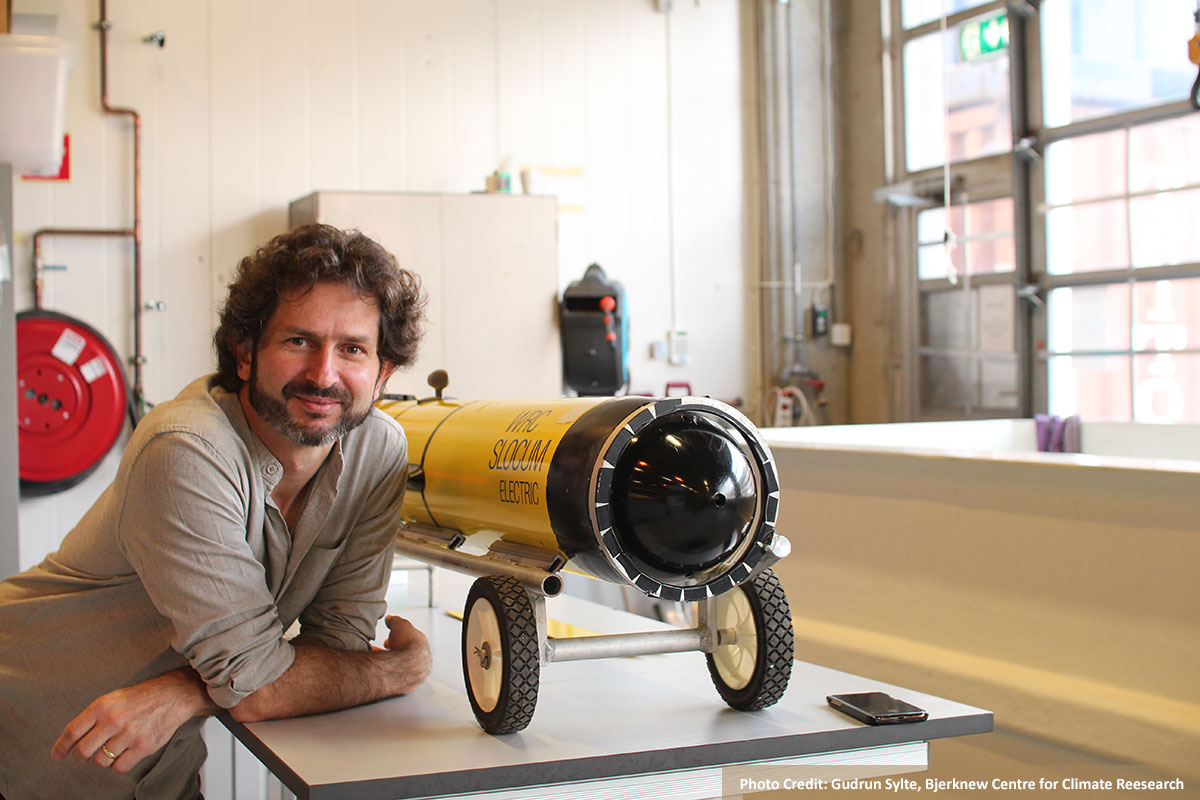
Teledyne Webb Research, a business unit of Teledyne Marine, announces the recent sale and delivery of Slocum G3 gliders to the University of Bergen. After being successful in two separate competitive tenders Teledyne was awarded contracts for 2 Deep, Rechargeable gliders and 3 Deep Endurance gliders with the first of the gliders delivered in August 2020.
With a track record in excess of 25 years and with over 850+ gliders delivered to date, the Slocum glider is a proven scientific platform designed for oceanographic research and monitoring in a wide range of sea conditions and locations. The Slocum glider has the widest array of sensors options of any commercially available glider in addition to long endurance capabilities and low energy requirements. The ease of use and low operational costs make the Slocum an ideal tool for an array of scientific applications.
The Slocum G3 gliders, procured by the University of Bergen's Geophysical Institute, are depth rated to 1000m and feature the new G3 processor, which is capable of higher speeds, improved performance and increased reliability. The University of Bergen Slocums are configured with oceanographic sensors including CTD's. The longer endurance gliders feature an extended energy bay and Lithium primary batteries along with G3 thrusters to ensure operational deployments in excess of 10 months. The rechargeable gliders utilize the Slocum G3 lithium rechargeable (extended) batteries to ensure operations in excess of 4 months while using the versatile rechargeable energy source.
According to Ilker Fer, Project leader, NorEMSO “The University of Bergen acquired the five Slocum G3 gliders under the Norwegian Infrastructure project NorEMSO (the Norwegian node for the European Multidisciplinary Seafloor and water column Observatory), funded by the Research Council of Norway. The gliders will be used to collect hydrographic measurements in sections across the continental slope of Norway, across Fram Strait between Svalbard and Greenland, and in Greenland and Iceland Seas. The scientific objective is to better understand the drivers for the temporal and spatial changes of water mass transformations and ocean circulation in the region, with particular attention to the warm Atlantic Water boundary current flowing into the Arctic Ocean, its return circulation, and deep water production regions in Greenland and Iceland Seas."
“We are excited to have been selected by the University of Bergen for the supply of multiple gliders for current and future oceanographic research in Norway and look forward to close collaboration for years to come" stated Arnar Steingrimsson, Senior Director of Business Development - Vehicles, Teledyne Marine.
